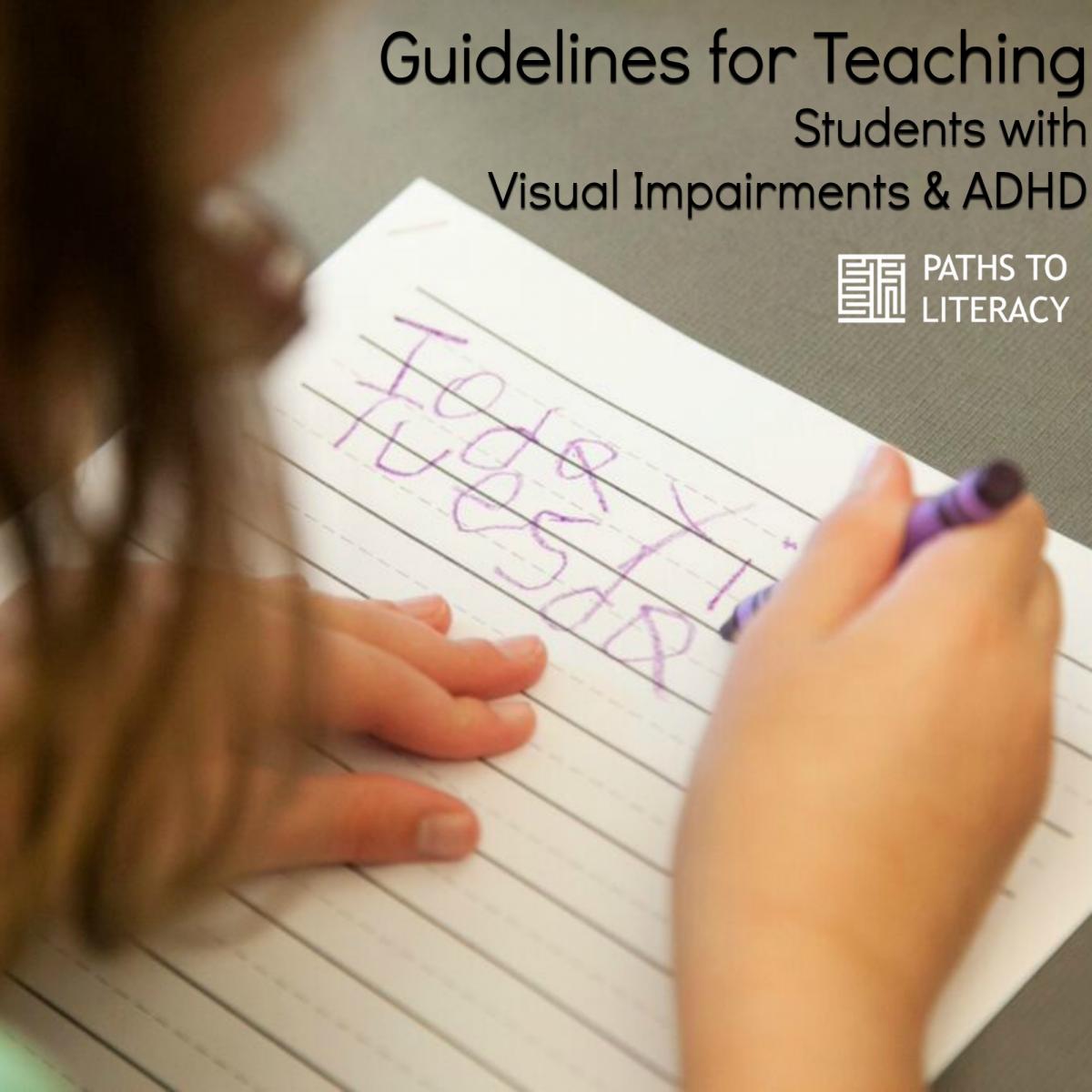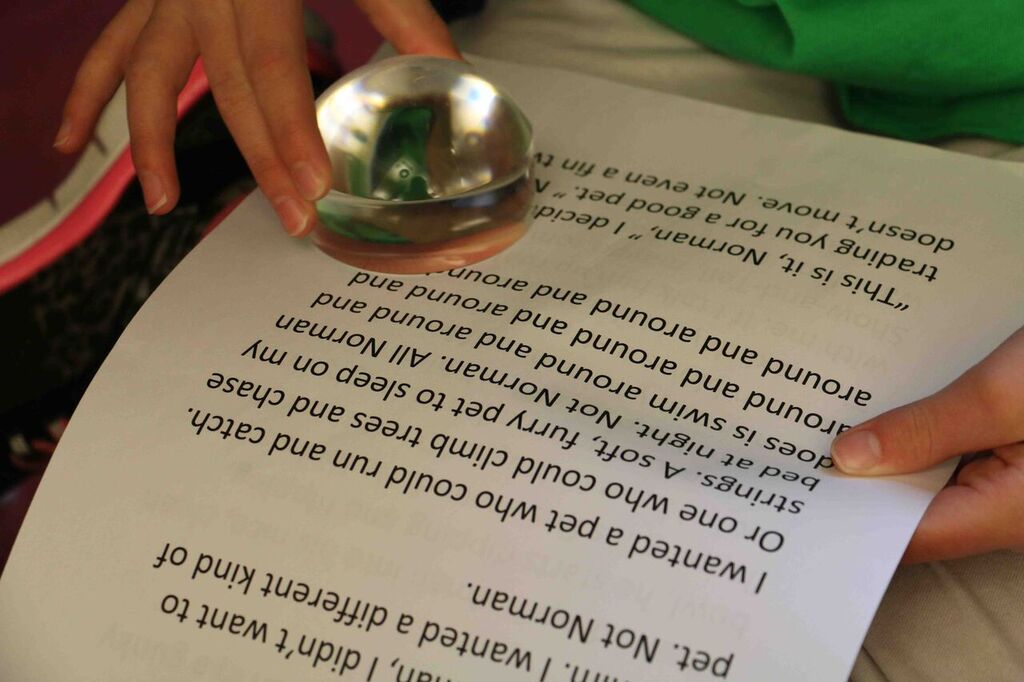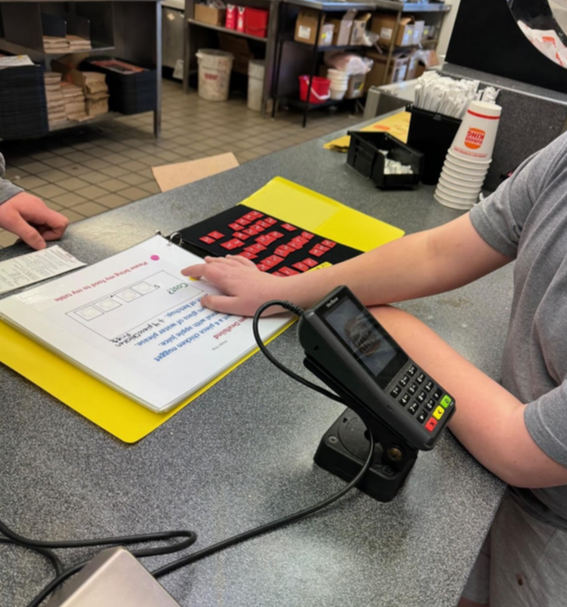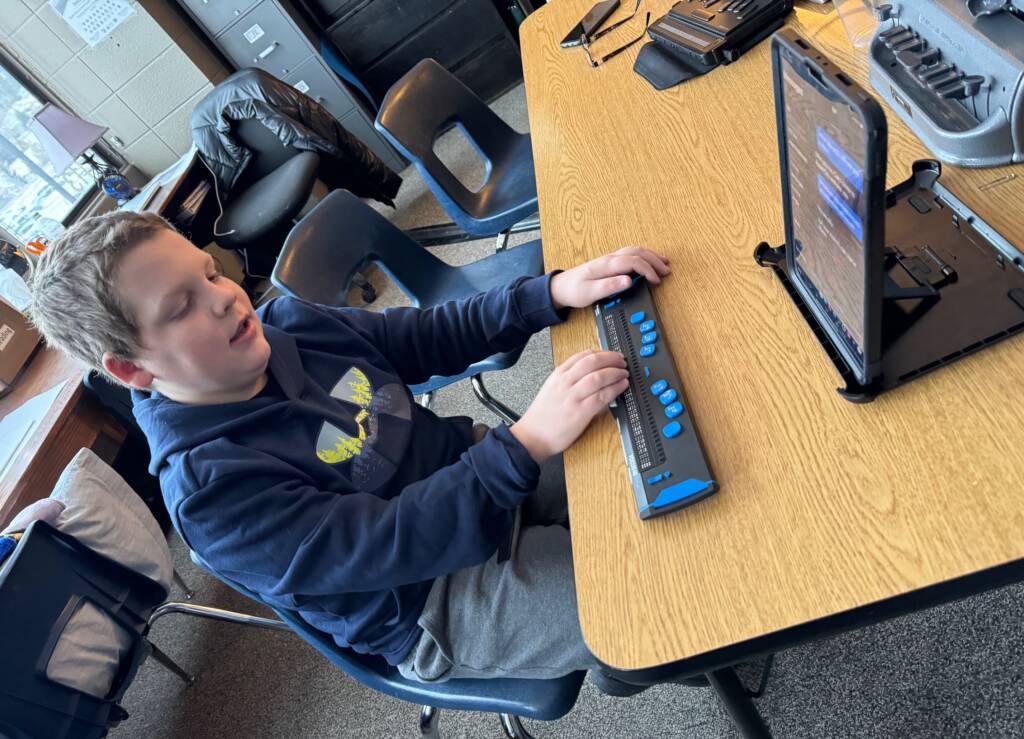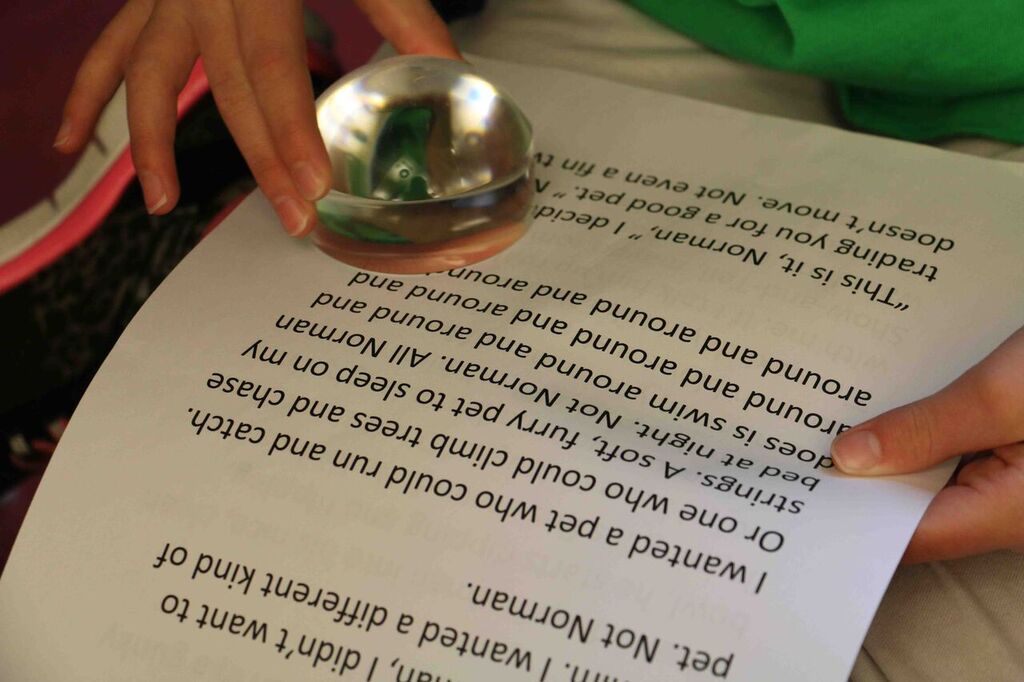 In discussions of learning disabilities as well as struggling readers, adults often focus upon the academic difficulties that these students are experiencing. In some instances, the emotional and/or behavioral difficulties that often accompany academic problems are of similar or often even greater concern. These difficulties may become less intense as the students gain academic skills and coping strategies. Sometimes, however, these difficulties will remain lifelong problems. It is important that we understand these emotional and/or behavioral difficulties as well as develop strategies for both the student and adults in their lives.
In discussions of learning disabilities as well as struggling readers, adults often focus upon the academic difficulties that these students are experiencing. In some instances, the emotional and/or behavioral difficulties that often accompany academic problems are of similar or often even greater concern. These difficulties may become less intense as the students gain academic skills and coping strategies. Sometimes, however, these difficulties will remain lifelong problems. It is important that we understand these emotional and/or behavioral difficulties as well as develop strategies for both the student and adults in their lives.
Much like Autism Spectrum Disorder, emotional and /or behavioral difficulties can be seen as occurring on a continuum. Some students will have no emotional and/or behavioral difficulties, and constantly are striving to remain organized and attentive while doing their best in school. Some difficulties are mild and only evidenced during stressful periods. Others occur on a daily basis in all areas of the lives of the student. The degree of severity as well as the frequency will determine how we identify the issues as well as how we deal with it.
Difficulties Most Likely to Be Seen in Learners with Visual Impairments & Learning Disabilities
The following information deals with the difficulties that are most likely to be seen in students with both visual impairment and learning disabilities. The first type of difficulty deals with those students who are disorganized and inattentive in class. Their behaviors are often impulsive. In its mild form, it is often the behaviors that “launch the helicopter parent” in all of us. Life is a constant struggle to keep the student organized as well as engaged in the appropriate tasks. In its extreme form, it is identified as Attention Deficit Hyperactivity Disorder (ADHD). Frequently the behaviors of the student with a Traumatic Brain Injury will closely mirror that of a student with ADHD.
Regardless of the extent of these difficulties, it is important that the emotional and/or behavioral issues be addressed in the IEP. Developing appropriate coping strategies for the student as well as instructional and behavioral strategies for teachers and parents to implement is critical for success. The continued emphasis on maintaining organization clearly detracts from the time that is available for a teacher to engage in the actual teaching of concepts. Students who are constantly struggling with locating assignments, remembering homework to be turned in, and bringing the appropriate materials home have fewer opportunities to demonstrate the skills that they have learned. For a positive learning environment to occur it is important that students, teachers, and parents address ways to help students remain organized and attentive to instruction.
The first step in this process is to determine if the emotional and behavioral issues relate to lack of skills, e.g. organizational skills or to the presence of another condition.
Disorganized or ADHD? Three Case Studies
Benjamin is a 10-year-old male who is a large print reader. His visual condition is due to ROP. His TVI has developed a series of notebooks to help him organize his homework as well as assignments. Instead of using these notebooks, Benjamin puts all materials in his backpack and carries them to and from school. In spite of homework charts, he seldom knows what he has to do or when tests are scheduled. Benjamin tends to leave his materials in a pile by the front door. The task of sorting through these materials is completed by his mother because Benjamin has no system in place for doing this. The morning is marked by attempts to get his adaptive devices charged, find his textbooks, and be certain that he has all necessary materials. His mother will often find his work crammed into the bottom of his backpack because Benjamin has forgotten to turn it in at school.
Sammy is a 12-year-old male who is visually impaired as the result of RP. He has lost significant amounts of vision during the past year, but seems to be adjusting well. His TVI and his family have both done an outstanding job of helping him understand and accept his condition. Sammy has always been a “boy on the move” and the loss of vision has not slowed him down. His teacher indicates that he has difficulty attending in class, and is always searching for some piece of material. The TVI has helped organize his materials on multiple occasions, but the organization seldom lasts longer than a day. Sammy is always cooperative, but is generally the last to start and the first to stop any task. When he is reminded to begin a task, he will eventually start with great enthusiasm. However, he is often doing the wrong activity or the wrong task. Sammy seldom realizes that he is not doing the same thing as his classmates. His mother has tried to help him with organizing to complete his homework. She has established many rules about his study time, and is always sure that he has done his homework. Even when he has done it, he forgets to take it to school. If he takes it to school, he forgets to turn it in. All adults are convinced that if Sammy would focus on organizational skills, he would be able to be much more successful in school. Punishment and praise are both ineffective in helping Sammy stay organized. This is having an increasingly negative effect on his performance.
Anna is a 15-year-old who has no usable vision as the result of ROP. Her TVI has worked extensively to help the other teachers understand the implications of her lack of vision on her ability to start a task promptly as well as to remain organized. Anna has a checklist of the activities that she needs to do at the start of each class. The teachers always use a standard prompt to announce that instructions are about to begin. However, Anna virtually never begins a task without an individual prompt from the teacher’s aide. Even with the assistance of the teacher’s aide, Anna often forgets the task about midway through. She can often be observed simply sitting and waiting for the teacher’s aide to return to remind her of the task. Regardless of the activity, Anna concludes the class without any thought of the assignment/homework. All books and materials are crammed into a backpack until her mother helps her unload and try to plan the evening activity. The same difficulties with attending to task are noted at home. Directions to complete any task must be repeated multiple times and accompanied by constant reminders.
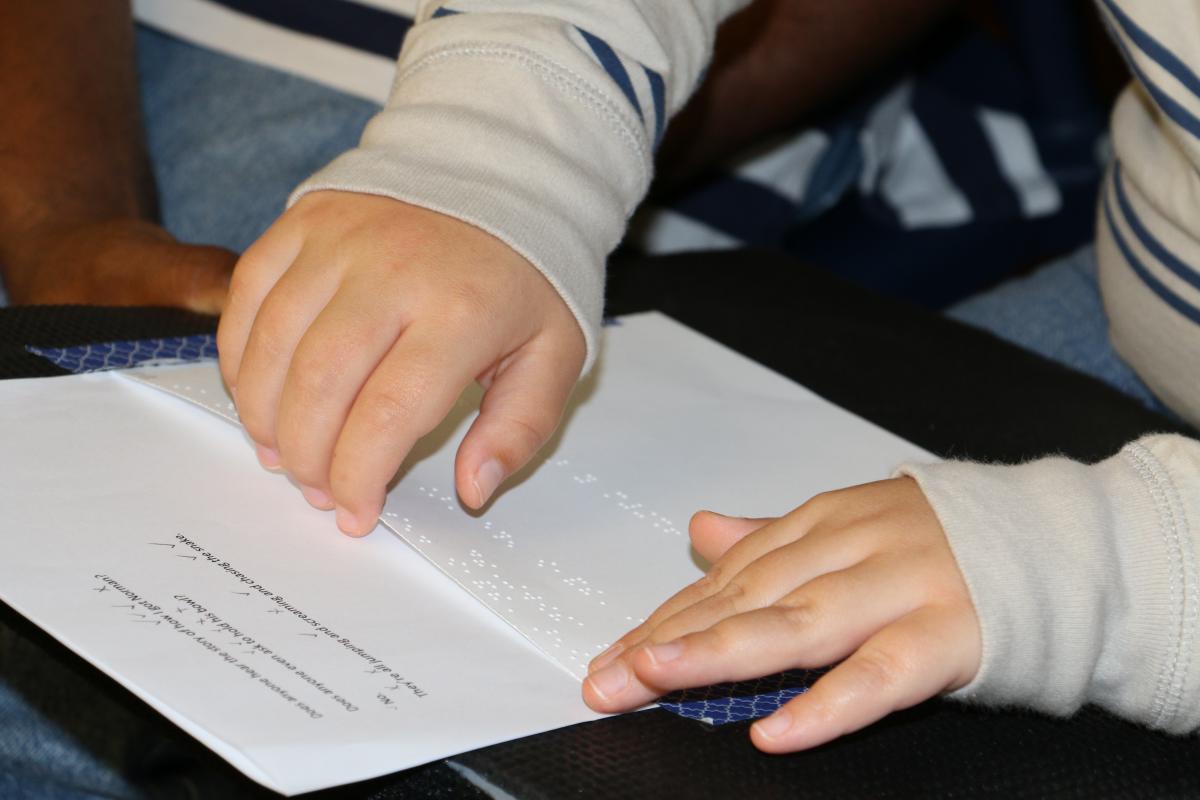 Each of these children has significant problems with organizational skills. In each of these cases, the TVI and parents are working diligently to build these skills but thus far it has been unsuccessful. Psychologists are uncertain as to the reason that students with learning disabilities are disorganized; however, we observe it often in many of these students. More formal evaluation may be necessary, but a multidisciplinary team (MDT) will always make an initial determination. Specifically are the organizational difficulties the result of
Each of these children has significant problems with organizational skills. In each of these cases, the TVI and parents are working diligently to build these skills but thus far it has been unsuccessful. Psychologists are uncertain as to the reason that students with learning disabilities are disorganized; however, we observe it often in many of these students. More formal evaluation may be necessary, but a multidisciplinary team (MDT) will always make an initial determination. Specifically are the organizational difficulties the result of -
lack of skill, i.e. something that they have not learned or
-
lack of ability, i.e. the possible presence of another condition such as ADHD
Lack of Organizational Skills
Many students are disorganized when they are younger. They may not have the experience or maturity to take on the task of organizing their own activities or materials. This may be magnified for the student without any vision. Without vision to help them in observing appropriate organization or others, they must be specifically taught these skills. Often the myriad of equipment that they must bring with them presents a specific challenge. Typically a concerted effort between the TVI and parent will significantly improve these difficulties. Students learn to come to class with appropriate materials and equipment as they mature. With the child who also has a learning disability, the task to teach organizational skills may take a longer period and more intense efforts from adults.
For the student who simply demonstrates a lack of organizational skills, they will often master a successful strategy for helping them remain organized. Strategies that have helped these students in the past include:
-
Developing specific schedules as well as tasks to be accomplished during critical times of the day. For example, develop a posted schedule that lists activities the student needs to accomplish as he gets ready for school or enters a classroom.
-
Developing strategies for them to self-evaluate their successful completion of these types of activities within the schedule. For example, give them three questions to self-evaluate if a task was successfully completed. Often self-evaluation is very difficult for these students.
-
Develop environmental cues that support organization. Be sure that you have an area in the home in which study occurs. Have specific areas where homework assignments need to be placed when completed. TVIs should have areas in which students can place their work. Avoid using a single area, but divide it into “to be done” and “completed.” Provide specific areas that are identified as places to store adaptive devices. Spend time at the end of each class period being certain that everything is properly stored.
-
Establish clear rules about when homework is to be done. Allow the student to participate in developing these rules and routines but be certain that they are followed in all situations with few exceptions.
-
Develop methods by which you can help students self-evaluate the success of the methods currently being used. Revise methods based upon the evaluation. Always have a process for decreasing this type of support when the time is appropriate.
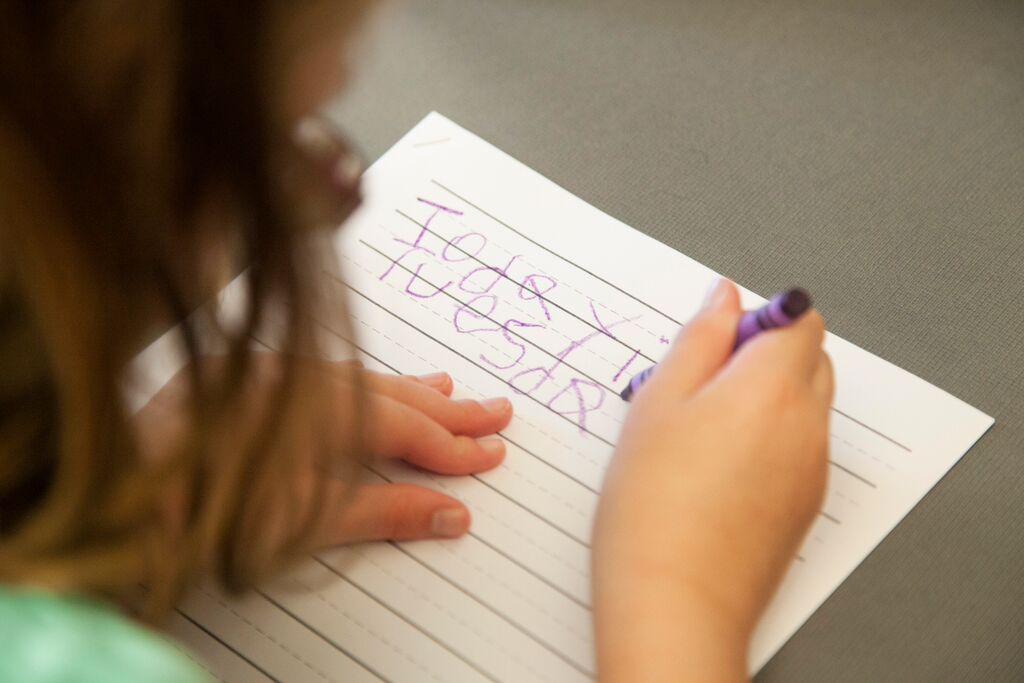
Attention Deficit Hyperactivity Disorder (ADHD)
Students with a visual impairment and learning disability may often have another condition known as ADHD. Approximately 20% of students who have a learning disability will also have this condition. It is also important to note that students who have ADHD as the initial diagnosis will have a significant risk of eventually being diagnosed with a learning disability. By the end of high school, approximately 90% of students with ADHD will also be diagnosed with a learning disability.
ADHD is a condition that is diagnosed by a psychologist or a physician with input from adults familiar with the child. Several important changes have occurred with the diagnosis of the condition in recent years. Previously there were two separate conditions. The first was Attention Deficit Disorder which described children who had difficulty in attending to tasks. The second was Attention Deficit Hyperactivity Disorder which described children who had problems with hyperactivity and impulsivity. In recent years there has been an increased awareness that these are not two separate conditions but rather different manifestations of the same conditions. Currently there are three different types that are combined under the single category of ADHD. These are:
- ADHD combined type consisting of both inattentive and hyperactive/impulsive behaviors
- ADHD that is predominantly inattentive
- ADHD that is predominantly hyperactive/impulsive
In addition to changing the ways that we define these conditions, there has also been an increased awareness that people do not outgrow these conditions. More and more adults are being diagnosed with ADHD and receiving treatment. It is important to realize that this is most likely a lifelong condition. It will require continued development of coping strategies and supports to ensure the highest success as an adult.
There do not seem to be specific data relating to the presence of ADHD with students who have visual impairments. However, my own professional experience often involved working with students who had the inattentive form of ADHD. My own encounters with students who exhibited the hyperactive form of ADHD were infrequent. However, a student with limited or no vision that is inattentive presents incredible challenges to learning. Without the attention to directions and instructions, the student with a severe visual impairment will miss a great deal of opportunities for learning.
The parent as well as the TVI often asks questions about how to determine if further evaluation for ADHD is necessary for a child who is disorganized. If there are questions about the possibility of ADHD, it is always wise to pursue an evaluation by a psychologist or a psychiatrist. It is important that these evaluations not be pursued only for the student who is exhibiting hyperactive behaviors. These disruptive behaviors more frequently will gain the attention of the teachers and parents. Students with ADHD predominantly inattentive are often described as “lacking in motivation” and only dealt with through behavioral strategies. Both types of students will benefit from the comprehensive evaluation provided either by a psychologist or psychiatrist.
All of the strategies listed above for the “disorganized student” are also helpful for the student with any type of ADHD. However, other more specific classroom strategies are critical if the students are to be successful in learning. These include:
- Students with ADHD are typically the last to start an activity and the first to stop. As a TVI, be certain that you are organized with tasks you are asking them to complete. Preparation to begin a task should be minimal and tasks must start quickly.
- Avoid lengthy explanations without asking for a response from the student. Keep them engaged in all activities. For example, they should have opportunities to explain a concept to you rather than simply listening.
- Shortened tasks with brief intervals between these tasks have consistently shown to be the most effective instructional model.
- Whenever possible, encourage the student to do something active during these intervals.
- Students with ADHD are quick to feel that tasks are boring. If tasks must be presented in a repetitive manner, the TVI should find some way to make them seem somewhat “different” or of “higher interest.”
- Although students with ADHD find the same activity to be boring, they do best with schedules and routines in the classroom and at home that are predictable.
- Minimize transitions whenever possible. When they occur, provide supervision or support whenever possible.
- Students with ADHD frequently receive much verbal interaction that is directed toward criticism or correction. This results in less interest in attending to the verbal interactions of adults. Be certain that praise is specific and frequent.
- Be certain that you have the attention of the student with ADHD before you give directions or instructions. Avoid calling their name multiple times before you gain their attention.
-
Help them develop self-monitoring skills to determine if they are on-task and focused.
-
Place the student with ADHD in close proximity to students who are good role models.
-
Give specific and frequent praise about the behaviors that you find exceptional. Avoid non-specific comments about inappropriate behavior.
With the continued support of the TVI and parent, the student with poor organizational skills or with ADHD will continue to develop new skills. These new skills will allow them to learn tasks more efficiently as well as develop a concept of themselves as competent learners.
